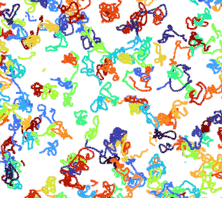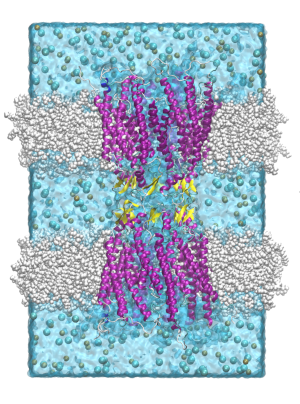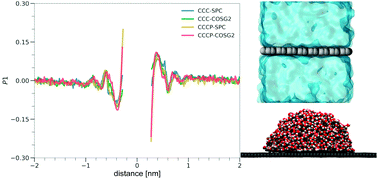Scientific Topics of Interest
Series: Science
Intrinsically Disordered Proteins (IDPs)
Most of the knowledge associated with proteins is about structured proteins with a specific function. However, most of the proteins don’t have a specific or unique structure, and this doesn’t mean a lack of function. This makes IDPs incredibly interesting. The formation of protein-protein interactions is the basis of how proteins evolve for different functions.

Soil Organic Matter (SOM)
Most of the soils have a clear dark/brown colored layer. This layer comprises hundreds of years of decomposition of different organic compounds called Soil Organic Matter (SOM). SOM is composed of heterogenous and dispersed organic compounds in connection with the soil mineral matrix. This mineral matrix presents itself as an oxidative environment with different ionic species. The variety of organic compounds corresponds to compounds riched with aromatic rings and carboxyl groups. In this sea of possibilities, I have tried to understand the interactions of these compounds.

Ionic channels
The cells have a barrier called a membrane. The connection with the environment is through channels, and the ones specified to transport ionic species are called ionic channels. However, cells can communicate with other cells. This is done in our cells through Gap Junction Channels (GJC). This novel channel between cell permits electrical synapsis, or fast interactions between cells. The complexity of these channels relies on the multiple interactions of their subunits and how they filter positive ions.

Graphene interactions
With the increasing usage of nanoparticles, the understanding of the interaction with our bodies becomes necessary. For starters, we need to understand the interaction of simple molecules with graphene. The first and most important in the list, is water. The water-graphene interaction depends on the graphene layer’s polarizability with the water molecules' polarisability. These interactions can be investigated using molecular dynamics, taking into account the polarizability of the molecules.

Structural bioinformatics
The structure and function of proteins depend on their amino acid compositions. The close interaction between two amino acids can be correlated with the rate of mutations between them in their evolution. Observing these changes can be done via bioinformatic analyses over multiple sequences.